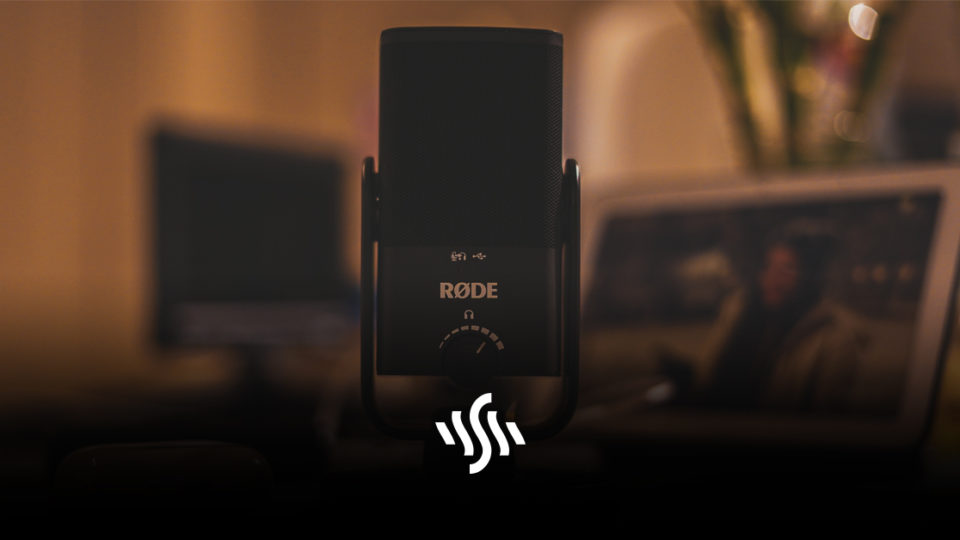How to Use RODE Connect Podcasting Software
If a physical mixing console is out of your budget, podcasting software might be the answer. Learn how to use RODE Connect right here!
Recently, the new Rodecaster Pro II was announced. An updated version of the Rodecaster Pro, it’s an attractive portable audio mixing console, ideal for podcasters on the move. With physical faders, and inviting SMART pads, it looks to be both a useful and fun bit of kit.
What’s not so fun is the price tag. At $699, the console is out of a lot of podcaster’s price ranges. If you happen to be one of these people, then there is a very wallet-friendly alternative.
RODE Connect
You can create podcasts using DAWs like Logic Pro or even free ones like GarageBand. But, if you’re not a music producer, these might not be very familiar to you.
Fortunately, RODE has you covered. RODE Connect is a podcasting software that lets you record podcasts with up to 4 guests at once using one computer. It offers level metering, broadcast-style faders, sound pads, and an intuitive interface all for free!
If you’re someone who uses a handy USB mic, this type of software is perfect for you. Trigger all the sounds and snippets you have on stand-by, using the pads, and ensure professional sounding audio whilst using multichannel recording.
RODE Connect is also capable of taking a finished mix, and outputting it to streaming software like OBS or XSplit, ready for your audience. That means if you’re a streamer who likes to share content and conversations on Twitch, you can do with this podcasting software.
How to Use RODE Connect
This instructional video from Kevin Stratvert, explain the benefits of RODE connect as well as a step-by-step guide on using it.
This guide shows you how you can get the most out of this software by using the RODE NT-USB Mini mic. If you don’t have this mic, you’ll also learn how to use RODE Connect with other mics as well.
The video takes you through how to connect microphones,add virtual channels, and configure your mics. From here, you’ll find out how to make the audio sound the best it can by using advanced controls. This includes noise gate, compression, plus Aphex effects like Exciter and Big Bottom.
For podcasts that feature phone-in guests, this video will show you how to connect mics from Zoom calls and other virtual devices. Of course, the guide explains how to record audio, as well as export it when you’re done recording.
For anyone wanting to livestream their podcast recording, this helpful video also demonstrates how you can take the audio output from RODE Connect and bring it into OBS, for example, as an audio source.
Don’t forget to add music to your podcast intro, or spice up segment transitions with engaging songs.
Sign up to Synchedin, and start browsing an awesome library of royalty free music for use in your podcasts or livestreams!
